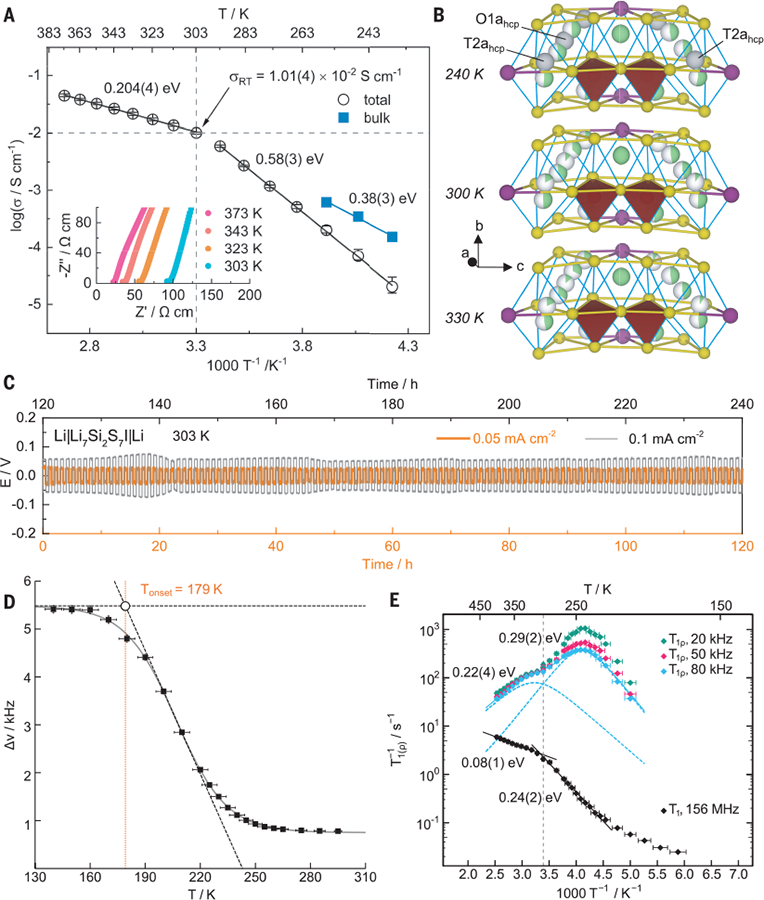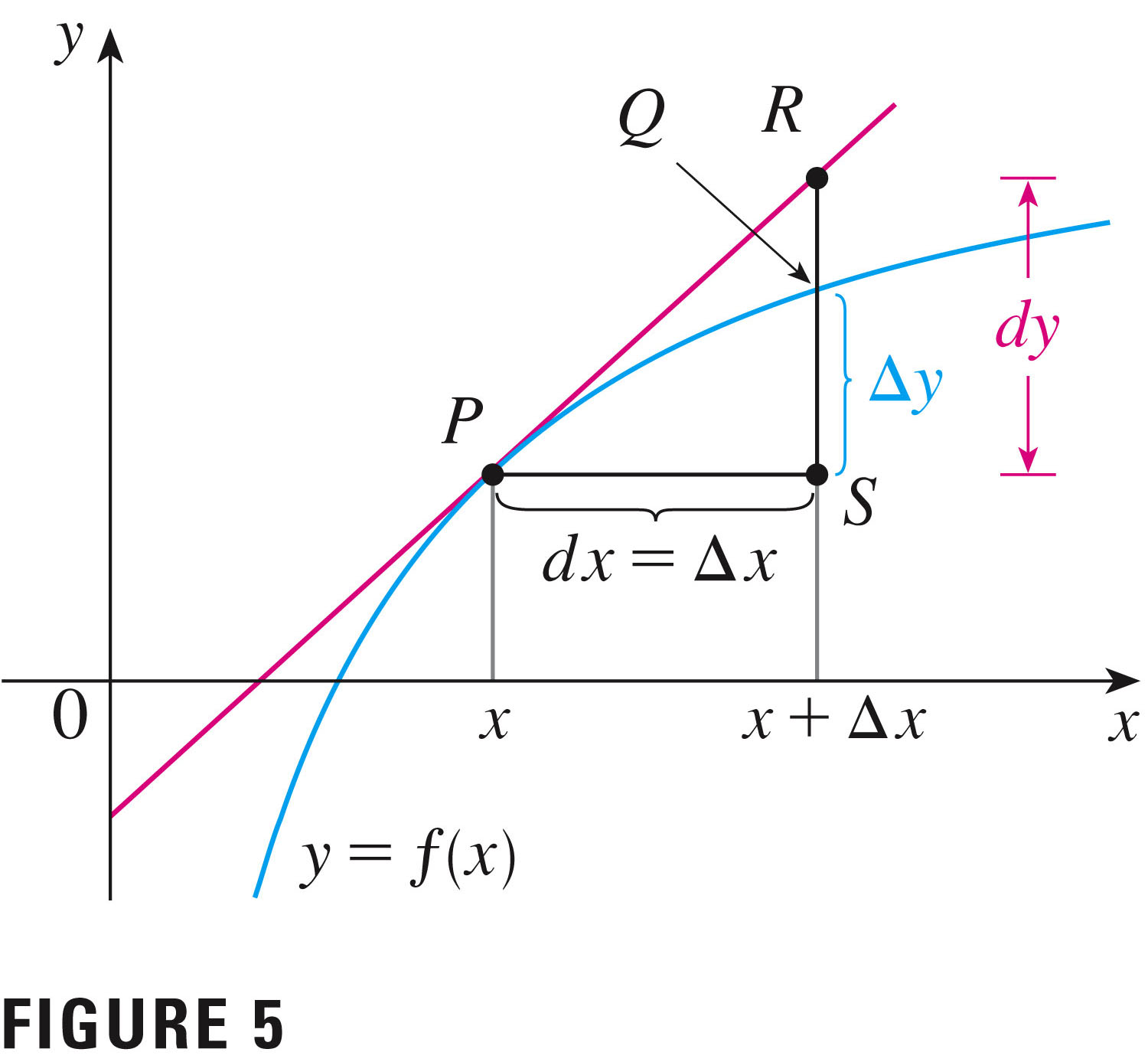- Your quiz today will cover sections 1.5 and 1.6.
- We'll start section 1.8 today: the tangent line approximation.
- We're skipping Section 1.7 -- not because it's unimportant, but
because we've been covering it as we went along. You should read it
over, anyway, and make sure that you understand. It provides some limit
laws, and rules about continuity that are very useful.
I'll summarize before we move on to 1.8.
- I hope that you got my links to the keys for the 1.6 worksheet and
homework.
- Your next homework: exercises Section 1.8, #1-5, and 8.
- We wrapped up our discussion of Section
1.6: the Second Derivative
- The key points:
- The second derivative informs us of a function's concavity (rather than its slope, which is the job of the first derivative).
- It represents the rate of change of the rate of change,
which we can think of as
- increasing, and at an increasing rate (concave up)
- increasing, but at a decreasing rate (concave down)
- decreasing, but at an increasing rate (concave up) -- (the rate is becoming more positive)
- decreasing, and at a decreasing rate (concave
down) -- (the rate is becoming more negative)
- A glance at 1.7: some limit laws, etc.
- There are some interesting ways in which functions can fail to have limits:
- Continuity/Discontinuity:
- Summary:
- Differentiability implies continuity (smoothness implies connectedness)
- But continuity does not imply differentiability (connectedness does not imply smoothness); an example is a corner in a graph.
- If \(f\) is differentiable at a point, it is locally linear there (is well represented by its tangent line), which leads us into our next topic: the local linearization!

- There are some interesting ways in which functions can fail to have limits:
- Maybe this is a good point at which to show off a graphic from the current issue of Science:


It illustrates various aspects of our course so far, including an important inflection point, concavity, the use of the tangent line, and also shows how well a tangent line can approximate a function over quite a wide interval. The function is "locally linear", and "locally' extends pretty far....
- Today we hit section 1.8: The Tangent Line Approximation
In a way this is also a bit of a review. That's the good news!
The upshot is that linear functions are good approximations to smooth functions (functions with derivatives), if you zoom in close enough.
-
An important first step was using what we call the
"linearization", the tangent line: we use the fact that
\[
f(x) \approx f(a) + (x-a)f'(a)
\]
The right hand side we recognize as the equation of the tangent line.
This comes straight out of the "alternative" limit definition, where we throw away the limit. That's why we have to write $``\approx"$: \[ f'(a) = \lim_{x \to a} \frac{f(x)-f(a)}{x-a} \approx \frac{f(x)-f(a)}{x-a} \]
Solving for \(f(x)\), we obtain
\[ f(x) \approx f(a) + (x-a)f'(a) \]
-
The tangent line serves as an impressive approximating machine, provided
$h=x-a$ is small enough. (How small is "small enough?")
We can see why this works well if we get "small enough", if we visit the website suggested by our authors.
-
That linear function given by the tangent line, $y = f(a) + f'(a)(x-a)$,
is called the local linearization of $f$ at the point $(a,f(a))$:
$L(x)=f'(a)(x-a)+f(a)$ - For example, suppose you need to compute $\sqrt{15.96}$. Now the
easy way is to use your calculator, but the cowboy way would be to use
the linearization! Let's have a go at that one.
- We know the square root of 16, which is close: our answer
should be near 4. We choose a nearby value that simplifies
our expression....
- This picture demonstrates two slightly
different types of quantities that we want to distinguish:
differentials $dy$, and increments $\Delta y$.

- The increment $\Delta y$ is the true change in the function value;
- the differential $dy$ approximates the true change.
- Differentials $dy$ follow the tangent line -- move in the direction suggested by the derivative
- Increments $\Delta y$ follow the function -- are actual changes in the function value.
$dy \approx \Delta y$
We want the increment, but may settle for the easily computed differential.
- So back to our example: compute the derivative of $f(x)=\sqrt{x}$ at $x=16$:
\[
f'(x)=\frac{1}{2\sqrt{x}}
\]
so \(f'(16)=\frac{1}{8}\), and we can write down the tangent
line equation:
\[
L(x) = \frac{1}{8}(x-16) + 4
\]
- What's the approximate value?
- What's the actual value?
- We use the tangent line for our approximation, and, when
we're done, we can ask "is our answer an over- or an under-estimate?"
The answer takes us back to the second derivative:
- We know the square root of 16, which is close: our answer
should be near 4. We choose a nearby value that simplifies
our expression....
- Let's have a look at today's worksheet (you'll be excited to know
that there are more potato problems!:): we'll try some activities and homework problems
from section 1.8.
- Leftover Potatoes
- For example, suppose you need to compute $\sqrt{15.96}$. Now the
easy way is to use your calculator, but the cowboy way would be to use
the linearization! Let's have a go at that one.
-
An important first step was using what we call the
"linearization", the tangent line: we use the fact that
\[
f(x) \approx f(a) + (x-a)f'(a)
\]
The right hand side we recognize as the equation of the tangent line.
- Then it's on to our quiz....




